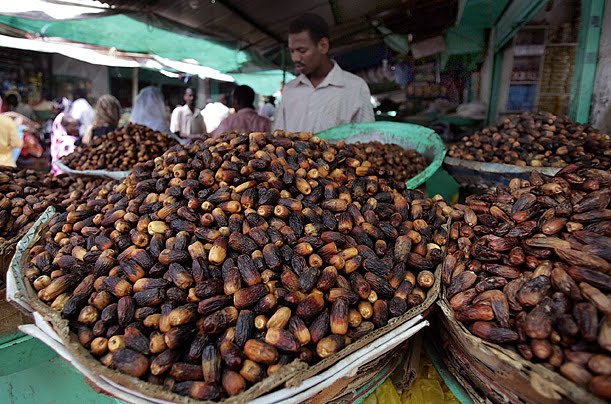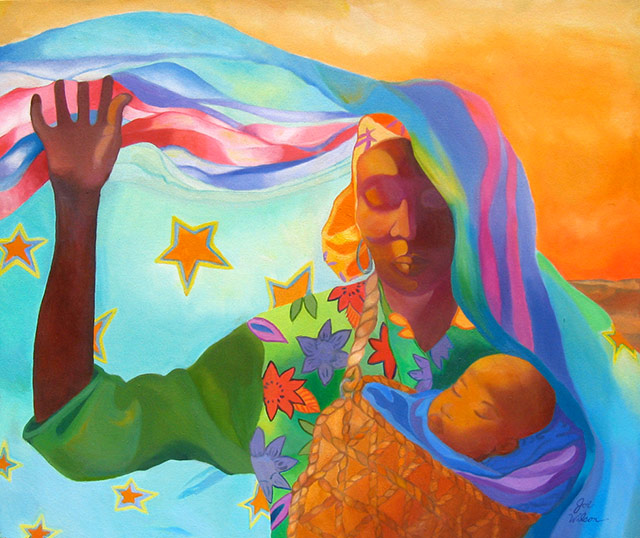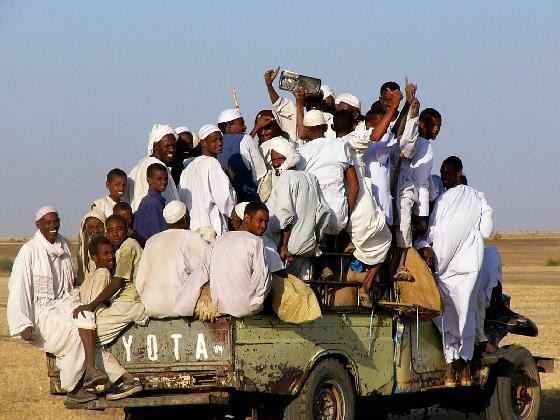THE SUDANESE ECONOMY: Sudan Landscape 2012
Adil Abdalla explains the socio-economic strategies of the Muslim Brotherhood in retaining power, and his take on a solution for the future.
Economic schools and affiliates had spent decades debating the paradoxes between resources and needs; which constitute the principle economic philosophies.
Social implications of economic structuring justify both rivals and alliances; from extreme individualism to extreme pluralism. Among Muslims, such debate is confusing as referral Scriptures had granted provision or “Rizq” for all creations. This is why Islamic Economy is an incorrect term, whereas economy is simply based on global insufficiency; Islam simply promotes divine sufficiency.
People are generally easily motivated or suppressed by the relative use of spiritual beliefs and ideologies. Therefore; Shariah-compliant banks are greatly wealthier, Muslim WSFs are mushrooming, and Sukuks (Islamic financial certificates) are the revolution of finance. Although actual figures are deliberately confusing; it is estimated that annual Muslim charities exceed $ 1Tln, funds are more than $5Tln, and transactions exceed $40Tln. These staggering numbers simply constitute both ignition and suppression of Muslim politics and economics. Once the control cycle is intact, Muslim activists are torn between lucrative rewards of affiliation and depressing outreach of opposition.
The principles of the Muslim Brotherhood are ridiculously simple; which confuses all rivals. Politically, they would camouflage whenever necessary; as politics are only a set of lies towards seizure of powers. Economically, they perform any interest free transactions towards holding powers. Business engagements differ by a unique “compulsory of goods’ tangibility”. Muslim traders and businessmen are permitted to exercise all skills, communications and lobbying to lock their deals; with no limits on functionality, marketability or profitability.
The Muslim Brotherhood fundamentally starts with slow domination of industries of garments, publishing and retail. This typically provides them with quick lucrative revenues, facilitates their advocacy for Islamic dress, spreads religious literature and enables employment of supporters from the low-rank base. To minimize the risk; the Muslims Brotherhoods are typically into fast moving consumer goods, service and retail businesses. Muslim Brotherhoods are never interested in long term investments or heavy industries. Simply; their economic practice is meant to serve not to build.
As a pragmatic fiction, they does not stand against corruption or felonies, knowing how they are destructive to their rivals. They have an excellent understanding of behavior and strategy; which enables effective steering of the commons. The open-source platform of their advisory boards is a notable collaboration between faithful affiliates and skillful professionals. Despite the undemocratic hierarchy, Amirs (leaders) were taught to groom the smart aides to form their bands and front desks.
Both growth and development of the Muslim Brotherhood are unprecedented footprints in socio-politics and socio-economics; which boldly challenge all existing theories and applications. They are obsessed with creating new dynasties and nouveau riches. Once empowered enough; they will target capitalists and chauvinists for greater mergers and seizure of powers. Intermarriages and social knitting are easy yet unbreakable tools toward such a target.
During the last 20 years; pre-partition Sudan was fueled by economic jokes, uncontrolled mobile investments and massive structural corruption. Absence of proper development plans and governed bureaucracy had shaded great uncertainty on any use of 300 million acres of arable land, 10 million cubic meters of water resources, 6 billion barrels of oil reserves, US$ 3 trillion worth of minerals and 10 million live stock. Unfortunately, the economic dilemmas and political stigmas of Sudan are not solvable in the near future.
(Featured image source: Oman Observer)






“US$ 3 trillion worth of minerals …
Muslim charities exceed $ 1Tln, funds are more than $5Tln, and transactions exceed $40Tln”
I applaud your attempt but implore you to base your figure on facts.
The above quotes are simply not within the realm of possibility.
Nothing is there to implore further..
Those numbers and figure had taken long to compile.. Scientific research is mostly an accumulative path, yet; findings vary.. Some call it Diversity, Democracy, Decomposition or Deviation; yet Epistemic..
Certainly, they are round figures, yet true.. The landscape is open for any double checking.. However, the merit is about both theme-capacities and driving-gears..
Otherwise pragmatically, why such geopolitical concerns of the Sudan..?
It is possible that you mean billion
$1bln = $ 1,000,000,000
$1Tln = $1,000,000,000,000
US GDP is ~ $12Tln
It would be helpful to include references at least between brackets) of credible sources of such figures.